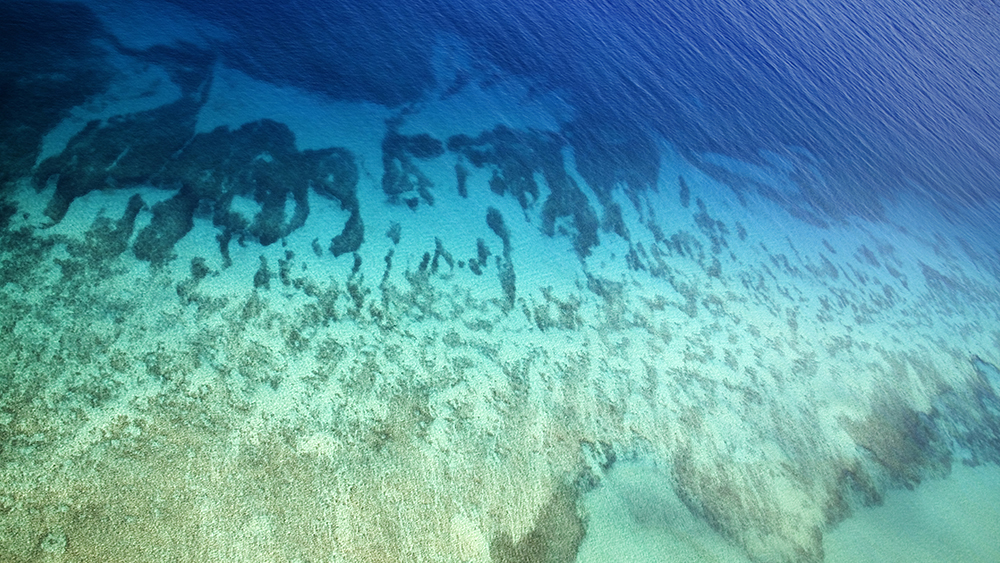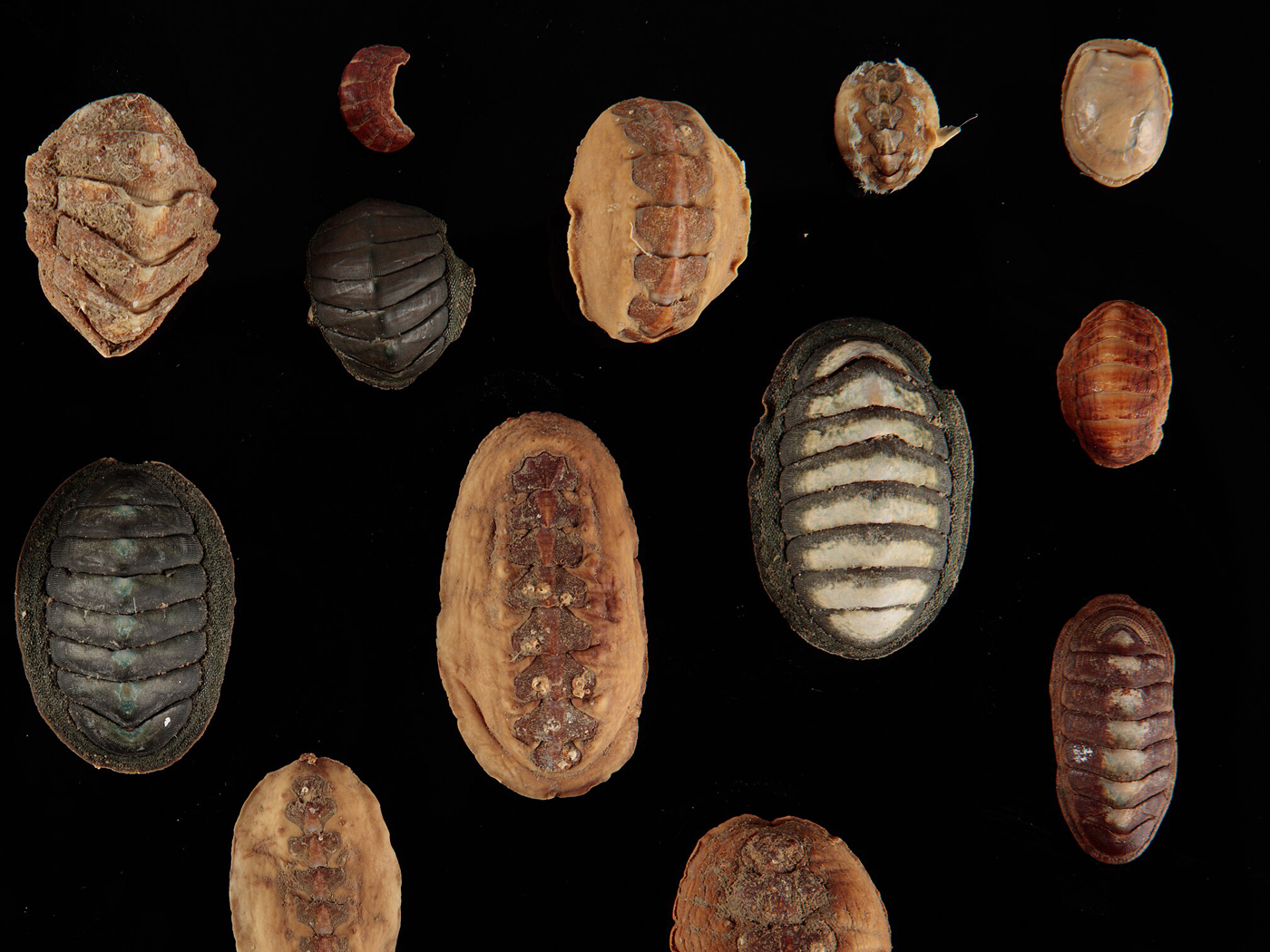Pellets (or nodules) composed of various metals, such as manganese and iron, often litter the ocean floor. These nodules form when chemicals dissolved in seawater precipitate onto a small object lying on the ocean floor. Because these nodules are a potentially valuable natural resource, scientists are interested in discerning the factors that affect nodule growth rates. To that end, scientists have used computers and a method called machine learning to analyze global data regarding nodule locations. This research has recently been described in both popular-level and technical sources.1,2
The description of this work is also interesting because it dramatically highlights the way that long-age dogma is often allowed to trump clear observations. A Science Daily news article stated,
A nodule continues growing as long as it remains exposed to chemicals in the seawater, and it will grow even if covered by a thin layer of sediment. However, once the nodule is buried by more than a few centimeters of sediment, growth ceases.3,4 And this is the source of the mystery: if nodules grow a hundred times slower than sediments are deposited, and nodule growth ceases once the nodule is covered in even shallow sediments, how is it that any nodules ever grow to any appreciable size? Why do potato-sized metallic nodules commonly cover the ocean floor?
Of course, the mystery vanishes if nodules actually grow faster than ocean sediments are deposited. In fact, the claim that nodules grow very slowly is not based on direct observation. Rather, these estimated growth rates are based on radioisotope dating methods and typical long-age assumptions.5 Manganese nodules have been repeatedly observed growing hundreds of thousands of times faster than the millimeters per million years assumption! Examples include the following:
• Nodules were observed growing at rates of at least 1.7 mm per year in an artificial reservoir in Russia.7
• Rapid nodule growth (in some cases ~1 mm per year) has been reported near and on underwater debris from World Wars I and II.8,9
This is a classic example of old-Earth dogma trumping observational science in the minds of researchers. One is reminded of the classic line from the Marx Brothers movie Duck Soup, “Well, who ya gonna believe, me or your own eyes?”10 Apparently, uniformitarian scientists trust shaky radioisotope dating methods and uniformitarian assumptions more than they trust their own eyes!
The title of the Science Daily news article is a little misleading, because the article never actually explains how nodules manage to “stay on top” of the ocean floor. The obvious solution to the mystery is that there is something wrong with the slow growth rates calculated from uniformitarian assumptions. Manganese nodules don’t grow at just 10 to 20 millimeters per million years, they actually grow much faster than this, as has been repeatedly observed.
Furthermore, there is a second mystery associated with manganese nodules. The nodules are generally absent from deeper seafloor sediments, but are abundant in the uppermost sediments.5 Ten years ago, a creation geologist pointed out that this can be explained if the bulk of the seafloor sediments were deposited very rapidly, as one would expect during and after the world-wide Genesis Flood.11 Only after post-Flood sedimentation rates dropped to their current “slow and gradual” values did nodules of appreciable size begin forming on the ocean floor.11,12 Of course, rapid deposition of the bulk of seafloor sediments is unthinkable in secular geology, as uniformitarian thinking insists that seafloor sedimentation rates have always been slow and gradual.
As this example demonstrates, old-Earth dogma is actually a hindrance to geological research. The Bible’s inspired, inerrant history provides us the clues we need to solve this and other mysteries of the past.
References
1. How nodules stay on top at the bottom of the sea. Geological Society of America press release. Science Daily. Posted on sciencedaily.com January 13, 2020, accessed January 16, 2020. Emphasis mine.
2. Dutkiewicz, A., A. Judge, and R. D. Müller. 2020. Environmental Predictors of Deep-Sea Polymetallic Nodule Occurrence in the Global Ocean. Geology. 91 (7613).
3. Glasby, G. P. 1978. Deep-sea manganese nodules in the stratigraphic record: evidence from DSDP cores. Marine Geology. 28 (1-2): 51-64.
4. Pattan, J. N. and G. Parthiban. 2007. Do manganese nodules grow or dissolve after burial? Results from the Central Indian Ocean Basin. Journal of Asian Earth Sciences. 30 (5-6): 696-705.
5. Somayajulu, B. L. K. 2000. Growth rates of oceanic manganese nodules: Implications to their genesis, palaeo-earth environment and resource potential. Current Science. 78(3): 300-308.
6. Dean, W. E. et al. 1981. Manganese Cycles and the Origin of Manganese Nodules, Oneida Lake, New York, U.S.A. Chemical Geology. 34 (1-2): 53-64.
7. Shcherbov, B. L. and Strakhovenko, V. D. 2006. Nodules in Sediments of an Artificial Reservoir in the Altai Territory. Lithology and Mineral Resources. 41 (1): 45-53.
8. Polymetallic Nodules. Publication of the International Seabed Authority. No date given.
9. Mero, J. L. 1967. Mineral Resources of the Sea. Elsevier Publishing Company, Amsterdam. Cited by Lalomov, A. V. Mineral Deposits as an Example of Geological Rates. Creation Research Society Quarterly. 44 (1): 64-66.
10. Duck Soup. 1933. Paramount Pictures.
11. Patrick, K. 2010. Manganese nodules and the age of the ocean floor. Journal of Creation. 24(3): 82-86.
12. Hebert, J. Manganse Nodule Discovery Points to Genesis Flood. Creation Science Update. Posted on ICR.org March 5, 2015, accessed January 17, 2020.
Dr. Jake Hebert is Research Associate at the Institute for Creation Research and earned his Ph.D. in physics from the University of Texas at Dallas.














